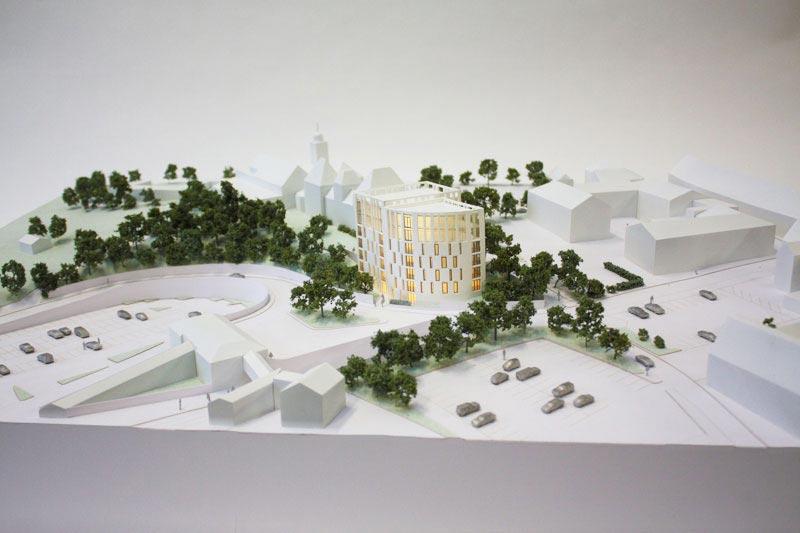
3D Printing Architecture Models
2023年 3月 26日0
3D printing has become an increasingly popular tool in the architecture industry for creating models. Here are some of the benefits and considerations for 3D printing architecture models:
Benefits:
- Speed and Efficiency: 3D printing allows architects and designers to quickly and efficiently create models, allowing for more iterations and faster decision-making in the design process.
- Precision: 3D printing allows for a high level of precision and accuracy in the creation of models, ensuring that the design meets the desired specifications.
- Customization: 3D printing allows for the creation of custom designs and intricate details that may not be possible with traditional model-making techniques.
- Visualization: 3D printing produces a physical model that can be easily visualized and manipulated, allowing for a better understanding of the design and its features.
Considerations:
- Cost: 3D printing can be expensive, and the cost of materials and equipment must be taken into account when considering the use of this technology.
- Scale: 3D printing can be limited by the size of the printer, and larger models may need to be printed in sections and assembled.
- Material limitations: While 3D printing can produce models from a range of materials, certain materials may not be suitable for certain design features, such as intricate details or complex geometries.
- Learning curve: 3D printing requires a certain level of technical expertise and training, and architects and designers may need to invest time and resources in learning how to use the technology effectively.
Overall, 3D printing can be a valuable tool in the architecture industry for creating models, offering speed, precision, customization, and improved visualization. However, cost, scale, material limitations, and a learning curve must be taken into consideration when deciding whether to use 3D printing for architectural models.




0 Kommentare
Einen Kommentar schreiben